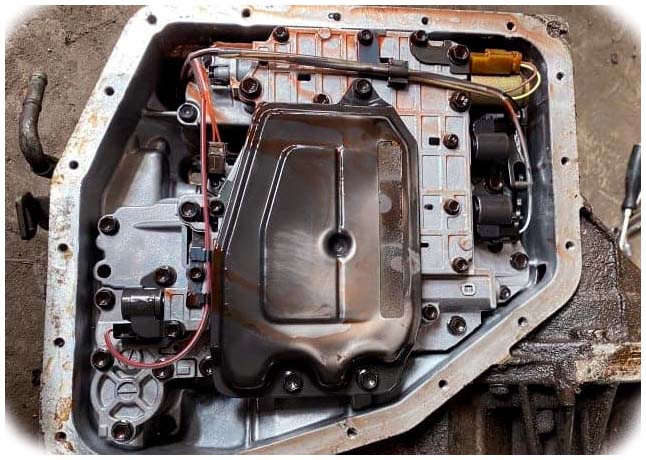Changing a transmission filter is an important maintenance task that should not be overlooked. A transmission filter helps keep dirt and debris out of your car’s transmission, which in turn keeps the transmission running smoothly and efficiently. Without a clean filter, you might find yourself with some serious mechanical issues down the road. In this article, we will provide step-by-step instructions on how to change your transmission filter safely and easily.
Why Change Your Transmission Filter?
The primary purpose of a transmission filter is to prevent dirt and other particles from entering your vehicle’s various systems that can cause damage or reduce performance. Over time, the filter can become clogged with dirt and other particles that can contribute to poor performance or even damage the internal components of the vehicle’s transmission system. To maintain optimal performance from your car’s engine, it is important to regularly change out the old clogged-up filters for new ones as part of the regular maintenance schedule for any vehicle with an automatic or manual transmission system. Along with regular maintenance like changing transmission filters, you may find it useful to explore Diagnostic Transmission Problems in Jeeps. This knowledge can help keep your vehicle in optimal condition and potentially prevent serious issues down the line.
Safety Precautions When Changing Transmission Filter

Gather the Tools You Will Need
Before you begin changing your transmission filter, make sure you have all the necessary tools at hand. These may include a new transmission filter, an oil drain pan (for catching fluid), a pair of pliers, and a wrench set. Depending on the type of filter being replaced, you may need some additional tools or special supplies as well. Also, remember the Manual Transmission Fluid Check, especially if your vehicle has a manual transmission. For detailed instructions on this check, you can refer to other our article dedicated to the topic.
Step by Step Instructions on How to Change Your Transmission Filter
Once you have gathered all the necessary tools and supplies, you can begin the process of changing your transmission filter.
-
Start by removing the old filter. This is usually done by loosening a few nuts or bolts around the filter housing with a wrench or ratchet and then sliding out the old filter.
-
Once you have removed the old filter, inspect it for any signs of wear or damage that may have occurred since your last maintenance check-up.
-
Next, install the new transmission filter in place of the old one, making sure to tighten all nuts and bolts securely to hold it in place properly.
-
As a final step, replace any fluid that may have spilled during this process using a funnel or similar device to pour new fluid into your vehicle’s transmission system carefully and slowly until you reach the appropriate fill level according to your owner’s manual specifications
-
Once all fluids are added back into your vehicle’s transmission system, start up your engine and let it run for a few minutes before taking it for a test drive to ensure everything is working well with no leaks present.
Conclusion
Changing a transmission filter is an important preventative maintenance task that can help keep your car running smoothly and efficiently. With the step-by-step instructions outlined in this article, you should be able to change your transmission filter safely and easily. Remember to always take the necessary precautions when performing any work on your vehicle and be sure to refer to your owner’s manual for specific instructions pertaining to your make and model.


Add Comment